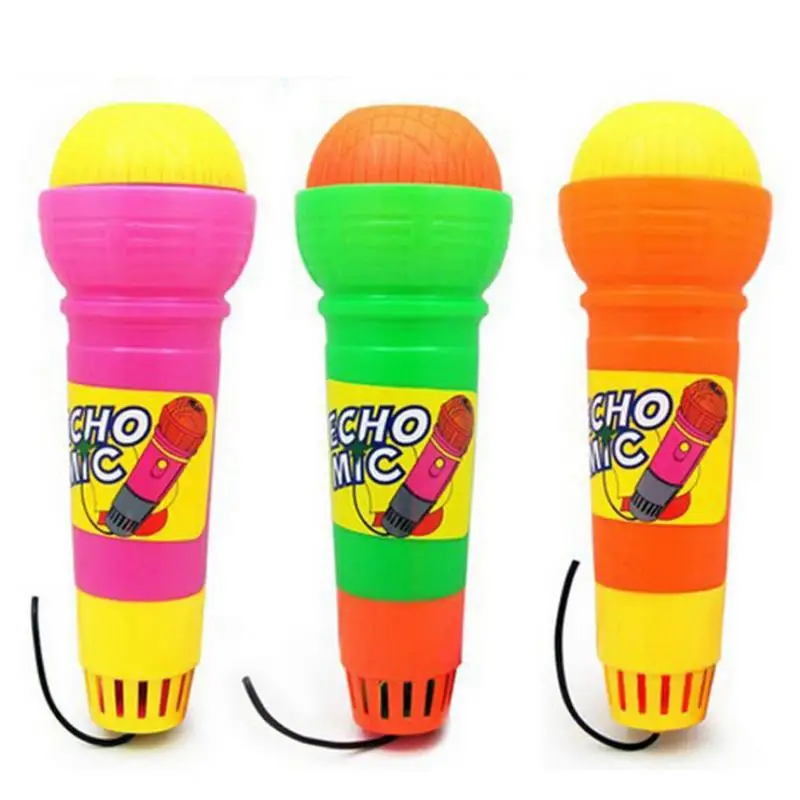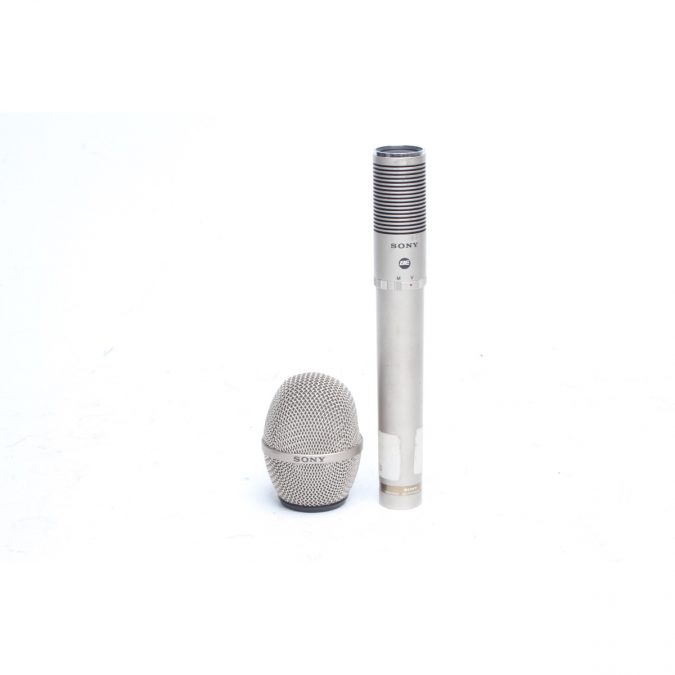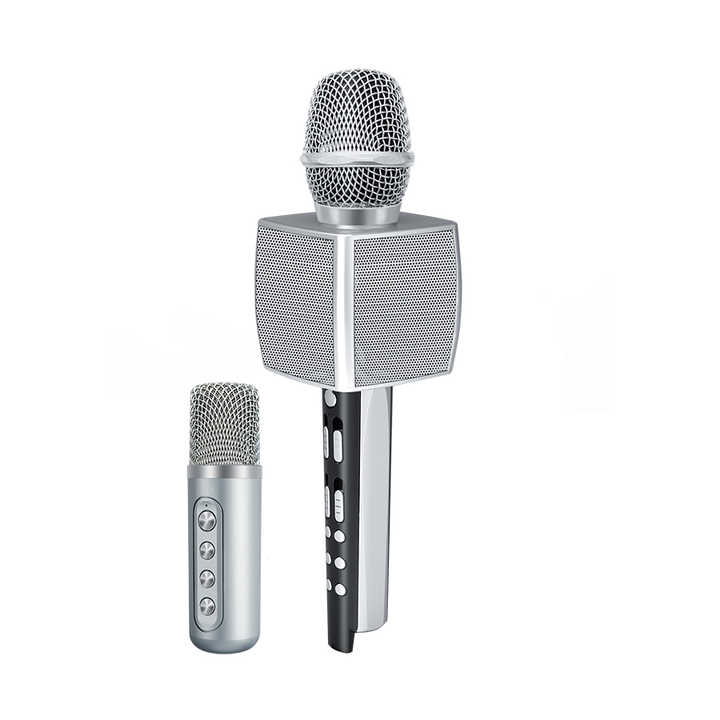Selecting the right microphone can significantly impact the quality of your recordings, whether you’re a podcaster, musician, voice actor, or content creator. Echo microphone has gained popularity due to their versatility and ability to capture sound accurately in various environments. With numerous options available, it’s essential to understand the different types of echo microphone and how they fit into your recording setup. This guide will help you make an informed decision when choosing the right echo microphone for your needs.
Understand Your Recording Requirements
Identify Your Primary Use
Before selecting a microphone, determine what you plan to use it for. Are you recording vocals, instruments, dialogue, or environmental sounds? The purpose of your recording will influence the type of microphone you should consider. For instance, vocals benefit from microphones with clarity and presence, while instruments may require specific characteristics to capture their unique tonal qualities.
Consider Your Recording Environment
Your recording environment plays a crucial role in sound quality. Some microphones perform better in controlled environments, while others excel in more challenging acoustics. If you are recording in a soundproof studio, an AKG C414 or a Neumann U87 could be ideal. However, if you’re capturing sound on the go or in a less-than-perfect space, a dynamic microphone like the Shure SM58 could better suit your needs. Recognizing the limitations of your environment can help you choose a microphone that compensates effectively.
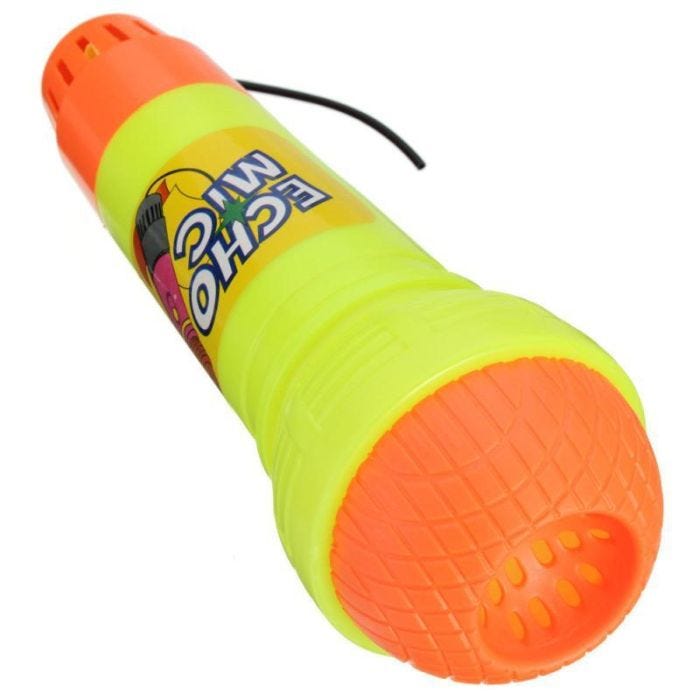
Microphone Types and Their Uses
Dynamic Microphones
Dynamic microphones are widely used for live performances, but they can also be a great choice for studio recording. These microphones are durable and can handle high sound pressure levels without distortion, making them ideal for loud sources like drums and guitar amplifiers. They typically reject background noise well, which helps to isolate the desired sound source in non-ideal environments. If you plan to record vocals in a live setting or in a home studio with some noise, a dynamic mic is an excellent option.
Condenser Microphones
Condenser microphones are the go-to choice for studio recording due to their sensitivity and frequency response. They capture a broader range of sounds, which makes them ideal for recording vocals, acoustic instruments, and podcasting. However, they often require phantom power to operate, which can limit versatility. Be prepared to use a compatible audio interface, mixer, or a dedicated power supply. If you’re focused on detailed studio work, investing in a high-quality condenser microphone will serve you well.
Ribbon Microphones
Ribbon microphones offer a vintage charm and warmth, making them ideal for particular recording applications. They are particularly effective for capturing vocals and brass instruments, providing a smooth, natural sound with excellent detail. However, they tend to be fragile and can be more sensitive to loud sounds. If you’re looking for a unique tonal quality and can handle the delicate nature of these microphones, consider adding a ribbon mic to your setup.
Connectivity Options
USB vs. XLR Microphones
When comparing microphones, consider how you want to connect them to your recording setup. USB microphones are user-friendly and designed for easy plug-and-play use with computers, making them perfect for beginners or podcasters who appreciate simplicity. They often come with built-in audio interfaces, which can streamline your recording process.
On the other hand, XLR microphones provide professional-level audio quality and versatility. They require an audio interface or mixing board, but they also allow for greater control over your sound. If you’re serious about your recordings and desire flexibility in your setup, an XLR microphone is the better choice.
Finding the Right Interface
If you opt for an XLR microphone, you’ll need an audio interface with adequate preamp quality to drive your mic. Not all interfaces are created equal—some offer superior preamps that can enhance your recordings’ clarity and warmth. Do your research and choose an interface that complements your selected microphone to ensure the best sound quality possible.
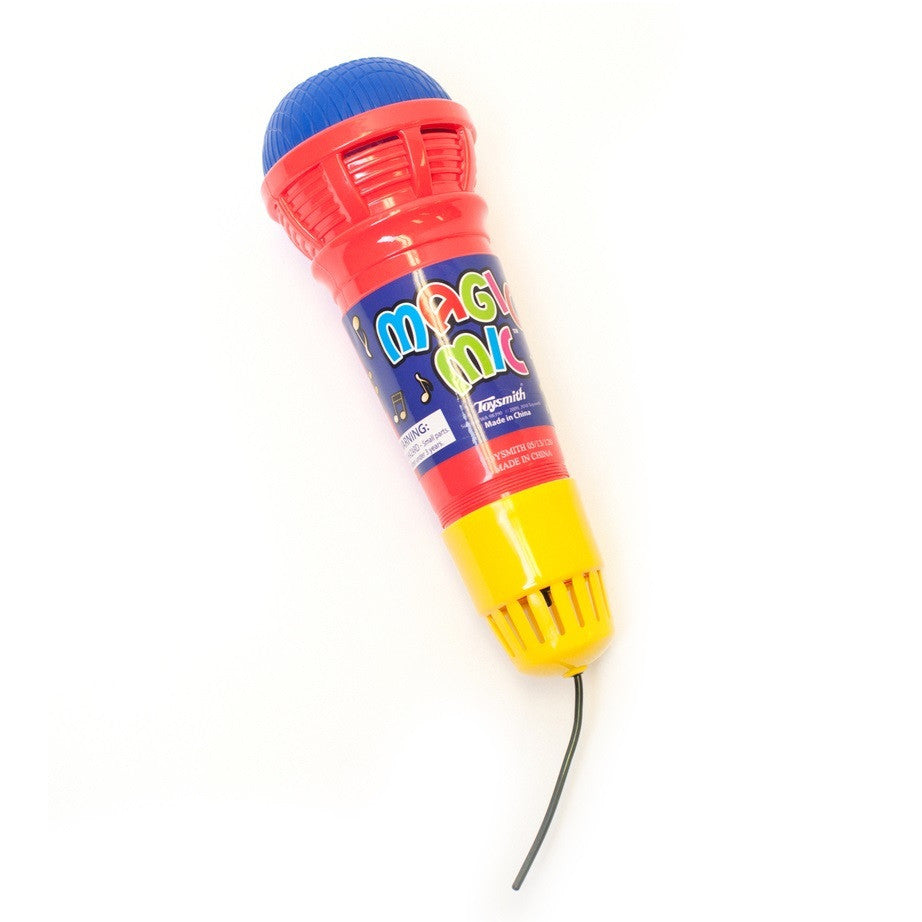
Key Features to Look For
Frequency Response
The frequency response of a microphone describes how it responds to different frequencies. Selecting a microphone with a frequency response tailored to your recording needs is crucial. For vocals, a common frequency response might be 20 Hz to 20 kHz, allowing for a clear reproduction of the human voice. Instruments may benefit from microphones with tailored frequency responses to enhance specific tonal qualities. Doing a bit of research or experimentation will help you determine which frequency response works best for your intended applications.
Sensitivity and SPL Handling
Sensitivity refers to how efficiently a microphone converts sound waves into an electrical signal. Higher sensitivity means the microphone can pick up quieter sounds, which can be beneficial in controlled environments. Conversely, consider the Sound Pressure Level (SPL) handling capacity if you plan to record loud sources. Selecting a microphone that can handle the expected SPL without distortion ensures your recordings remain clear and undistorted.
Microphone Placement and Technique
Choosing the Right Position
Microphone placement can dramatically affect your recordings. Pay attention to how far the microphone is from the sound source and the angle at which it is positioned. In general, placing the microphone closer to the source will capture more detail while reducing room noise. For vocals, a distance of 6-12 inches generally works well, particularly if you have a pop filter in place to reduce plosive sounds.
Test Different Techniques
When looking for the best sound, don’t hesitate to experiment with various mic techniques. Try different placements, angles, and distances for the microphone until you find the sound that best suits your needs. Additionally, consider using multiple microphones for a single source to compare different qualities and choose the best one in post-production. The flexibility offered by experimenting with your microphone placements can lead to creative and unexpected results.
Budget Considerations
Setting a Budget
Your budget will significantly influence your microphone choice. Determine how much you can invest while considering not just the microphone’s cost, but also any additional gear you might need, such as audio interfaces, mic stands, and windshields. While it’s tempting to go for the cheapest option, investing in a quality microphone will enhance your recordings dramatically. Set a realistic budget that reflects your ambitions and allows room for quality gear.
Value for Money
Look for microphones that offer good quality at a reasonable price. Brands like Audio-Technica, Rode, and Shure provide a variety of options that deliver excellent sound without breaking the bank. Check for reviews and sample recordings to gauge whether the microphones you are considering represent good value for your money. Remember, a thoughtful purchase will pay dividends in the quality of your recordings.
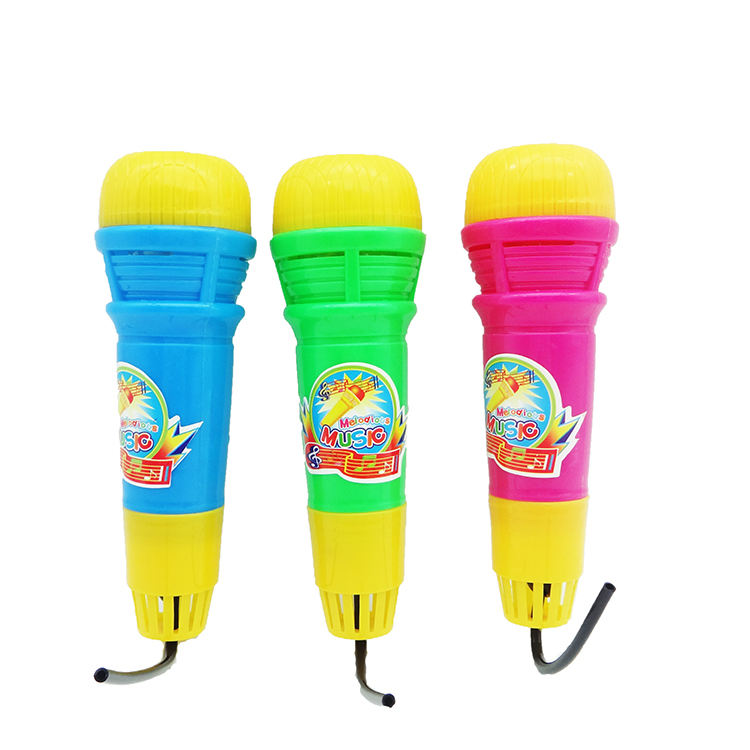
Testing and Final Considerations
Listening Tests
Before making a final decision, conduct listening tests with the microphones you’re considering. If possible, try them in your recording environment to understand how they interact with your unique space. This is particularly important for microphones that excel in different settings. Record short samples and compare them to see which mic captures sound best for your needs.
Seek Professional Advice
If you’re still unsure about which microphone to choose, don’t hesitate to reach out to professionals in the field or fellow content creators. Their experiences and recommendations can provide valuable insights that assist in your decision-making process. Additionally, consider visiting a local music or audio equipment store to test out different microphones yourself. Hands-on experience can help clarify which microphone feels right and sounds best for your recording setup.
The Right Echo Microphone Can Transform Your Recordings
Choosing the right echo microphone is a critical step in achieving high-quality recordings. By understanding your recording requirements, the types of microphones available, and the key features to consider, you can make an informed decision that meets your specific needs. The correct microphone not only captures sound accurately but also enhances your overall recording experience, whether you’re a hobbyist or a professional.
Invest time in exploring your options, testing different microphones, and engaging with the audio community. With the knowledge gained from this guide, you’ll have a solid foundation to select a microphone that fits seamlessly into your recording setup. Embrace the journey forward and enjoy the rich, detailed sound that a well-chosen echo microphone can deliver, allowing your projects to shine in clarity and quality. Your voice or instrument deserves to be heard with the best possible quality, and the right microphone will help you achieve just that.
